|
Institutional
Landmark
Buildings
|
| Royal Victoria Hospital, Belfast,
1903 |
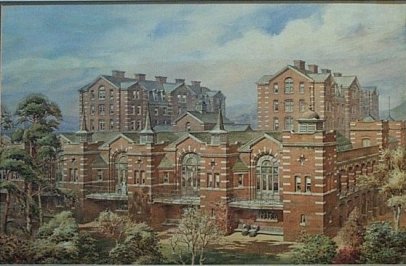 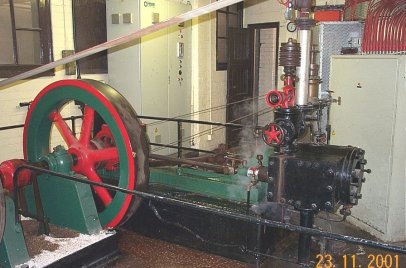 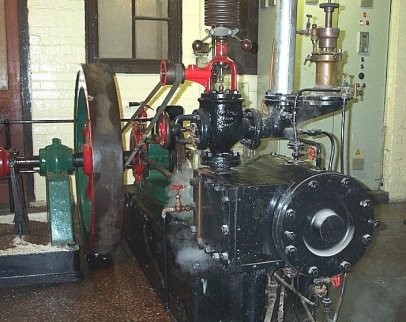
Victor Coates Steam Engine
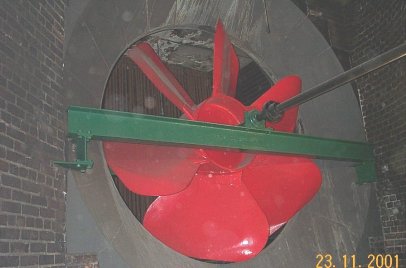 Davidson's
supply ventilation 'Sirocco' propellor fan
|
|
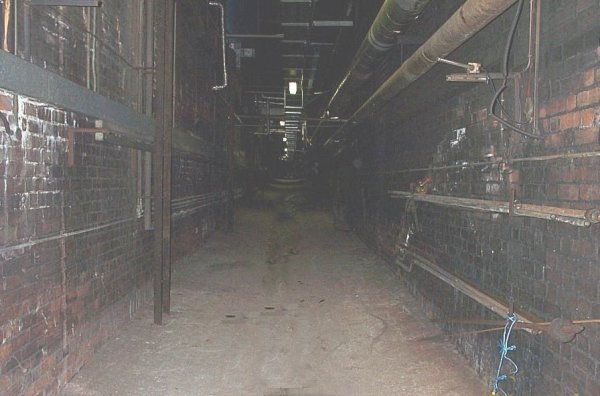
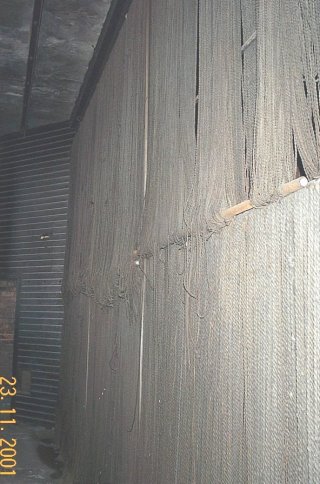
|
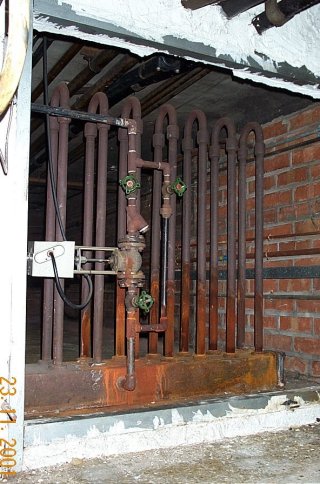
|
Double bank of coconut fibre curtain screens
to
Typical
boost heater battery coil set in CI base
provide washing, humidification and cooling of header block at the entrance to a secondary duct
incoming fresh air. supplying a Ward Block.
AUGUST 2002
provide washing, humidification and cooling of header block at the entrance to a secondary duct
incoming fresh air. supplying a Ward Block.
|
Pentonville Prison, London 1840 |
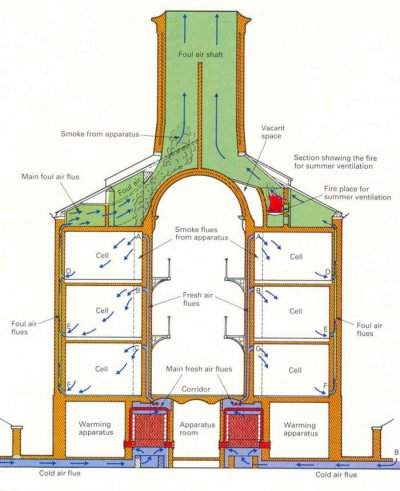 |
Pentonville, a model prison in its day, was the work of a remarkable Victorian engineer, Major Joshua Jebb, who selected the site (1840), produced the design for the prison and its building services to accommodate 560 inmates,and then supervised the construction and commissioning. Four cell blocks, 3 storeys high, radiated from a central hall behind the chapel. Each cell was 13 x 7 feet, rising to a height of 9 feet.Jebb was firmly convinced that the quality of the ventilation of a cell had a direct influence on the health of a prisoner and that the warming of cells was necessary, a view not shared by others in the prison service. The main objects of his design were to extract a stated quantity of foul air from each cell (14.2 l/s); to supply an equal quantity of fresh air without draughts; to warm the air to 11/15 degC; and to ensure that the air channels and flues should not be a means of communication between prisoners. |
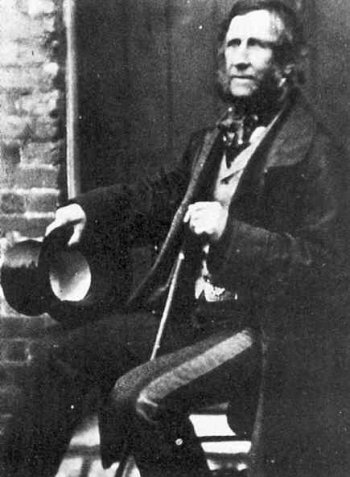 |
Jebb consulted Hadens of Trowbridge and with them developed an apparatus for warming the air. A system of flues was designed to allow outside air, warmed or not as necessary, to be introduced into each cell at high level. A low level grille was ducted to the foul air extract in the roof. A small fire was maintained at the base of the main foul air shaft to promote ventilation in summer. Haden’s heating boiler had an extended heating surface –cast iron plates in zig-zag lines in a brickwork setting. Gas-producing apparatus fed lights in each cell, which was also equipped with a wash hand basin and a strong glazed earthenware WC pan. Jebb was well ahead of his time. He was concerned about indoor air quality, fuel consumption, energy conservation, public health engineering, commissioning and running costs. And he managed to design, build and hand over the completed prison within an 18-month period. |
AUGUST 2002